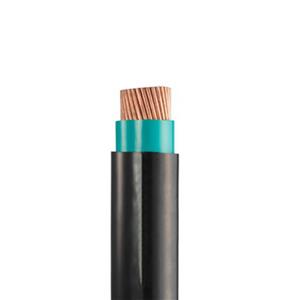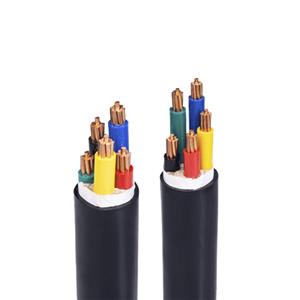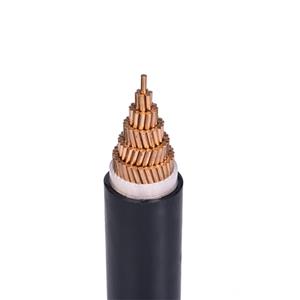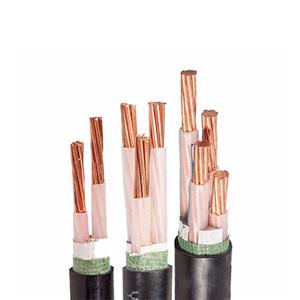What is the difference between BV and RV
BV and RV cables are both common types of wire used in home renovations. So what are the differences between these two types of wire? BV cable, short for copper-core polyvinyl chloride insulated wire, is commonly known as rigid wire. BV cable under 6 square meters has a single conductor, resembling a thick copper rod. Cables 10 square meters and larger consist of seven conductors. Its single core is relatively thick and rigid, making it difficult to bend. RV cable, short for copper-core polyvinyl chloride insulated flexible cable, is constructed from multiple strands of hair-thin copper wire, making it extremely flexible and easy to bend and twist, adapting to various complex wiring environments.
Both BV and RV cables are made of copper, a widely recognized excellent conductor with exceptional conductivity. However, due to their different structures, their conductivity can vary slightly in certain specific applications. Single-core BV cable, when installed in a fixed location, provides stable and interference-free current transmission. The RV line's multi-strand thin copper wire structure has good overall conductivity, but because there is a certain contact resistance between the copper wires, it may generate more heat when large current is transmitted.

Both BV and RV cables use polyvinyl chloride (PVC) as their insulation material. This material is affordable and offers excellent insulation performance, effectively preventing electrical leakage and ensuring safe use. However, due to its flexibility, RV cables have thinner insulation than BV cables. This results in slightly lower insulation performance in some harsh environments. BV cables, on the other hand, due to their thicker insulation, are more resistant to these conditions and have a longer service life. For indoor, dry use, both cables offer adequate insulation performance; however, for outdoor use or in specialized industrial environments, BV cables are preferred.
In terms of temperature resistance, BV and RV cables perform quite similarly. They both have a long-term operating temperature of 65°C and a minimum operating temperature of -15°C. This means that within this temperature range, they will operate normally and ensure stable power transmission. When selecting cables, it's important to consider the ambient temperature conditions. If the ambient temperature frequently exceeds the cable's rated temperature, consider cables with higher or lower resistance.
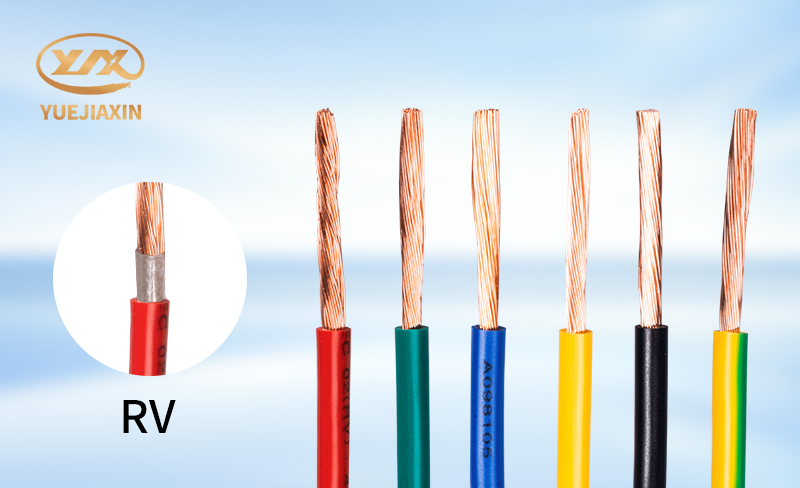
When choosing electrical wiring, we can base our selection on the specific application scenario. For routine wiring environments, BV wiring is perfectly adequate, offering both affordability and durability. However, for complex wiring environments with numerous curves or frequent bending, RV wiring is the way to go; it can easily solve wiring challenges. Regardless of the type of wiring you choose, safety is always paramount. Be sure to select products that meet national standards to ensure reliable quality and ensure safe electrical use in your home. During installation, strictly follow the specified procedures to avoid safety hazards caused by improper installation.
- PVC-Insulated Cable
- 450/750V BV Single- Core Cu/PVC Cable
- 450/750V BVR Single- Core Cu/PVC Cable
- 300/500V Or 450/750V RV Single-Core Cu/PVC Flexible Cable
- 300/500V Or 450/750V RVV Multi-Core Cu/PVC/PVC Flexible Black Cable
- 300/500V Or 450/750V RVV Multi-Core Cu/PVC/PVC Flexible White Cable
- 300/500V Or 450/750V RVVP Multi-Core Cu/PVC/CWS/PVC Screened Flexible Cable
- 450/750V KVV Multi-Core Cu/PVC/PVC Control Cable
- 450/750V KVV22 Multi-Core Cu/PVC/STA/PVC Armoured Control Cable
- 450/750V KVVP Multi-Core Cu/PVC/CWS/PVC Screened Control Cable
- 450/750V KVVP2-22 Multi-Core Cu/PVC/CTS/STA/PVC Screened Armoured Control Cable
- 0.6/1KV PVC-Insulated PVC-sheathed Single-Core Power Cable
- 0.6/1KV PVC-Insulated PVC-sheathed Multi-Core Power Cable

